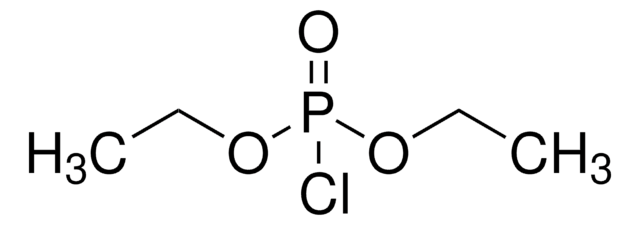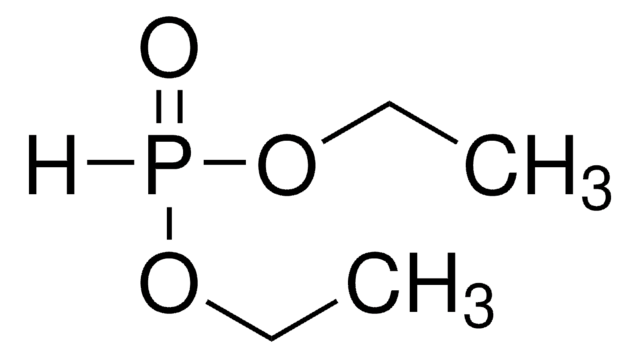544868
Copper(II) oxide
nanopowder, <50 nm particle size (TEM)
Sinonimo/i:
Copper monoxide, CuO nanoparticles, Cupric oxide
About This Item
Prodotti consigliati
Stato
nanopowder
Area superficiale
29 m2/g
Dimensione particelle
<50 nm (TEM)
applicazioni
battery manufacturing
Stringa SMILE
[Cu]=O
InChI
1S/Cu.O
QPLDLSVMHZLSFG-UHFFFAOYSA-N
Cerchi prodotti simili? Visita Guida al confronto tra prodotti
Descrizione generale
Applicazioni
Avvertenze
Warning
Indicazioni di pericolo
Consigli di prudenza
Classi di pericolo
Aquatic Acute 1 - Aquatic Chronic 1
Codice della classe di stoccaggio
13 - Non Combustible Solids
Classe di pericolosità dell'acqua (WGK)
WGK 3
Punto d’infiammabilità (°F)
Not applicable
Punto d’infiammabilità (°C)
Not applicable
Dispositivi di protezione individuale
dust mask type N95 (US), Eyeshields, Faceshields, Gloves
Scegli una delle versioni più recenti:
Possiedi già questo prodotto?
I documenti relativi ai prodotti acquistati recentemente sono disponibili nell’Archivio dei documenti.
I clienti hanno visto anche
Articoli
Synthesis, Properties, and Applications of Perovskite-Phase Metal Oxide Nanostructures
Il team dei nostri ricercatori vanta grande esperienza in tutte le aree della ricerca quali Life Science, scienza dei materiali, sintesi chimica, cromatografia, discipline analitiche, ecc..
Contatta l'Assistenza Tecnica.









